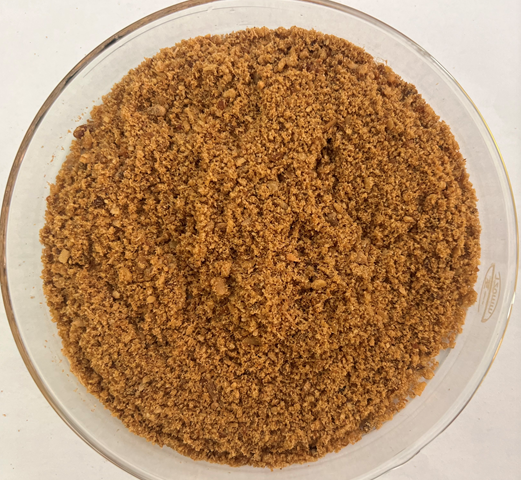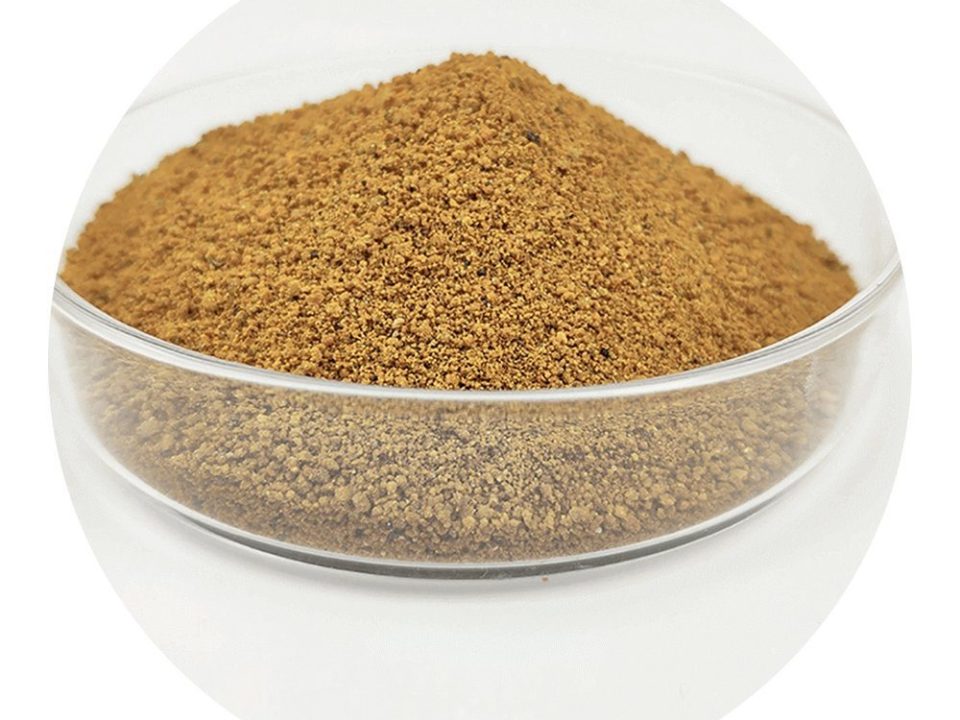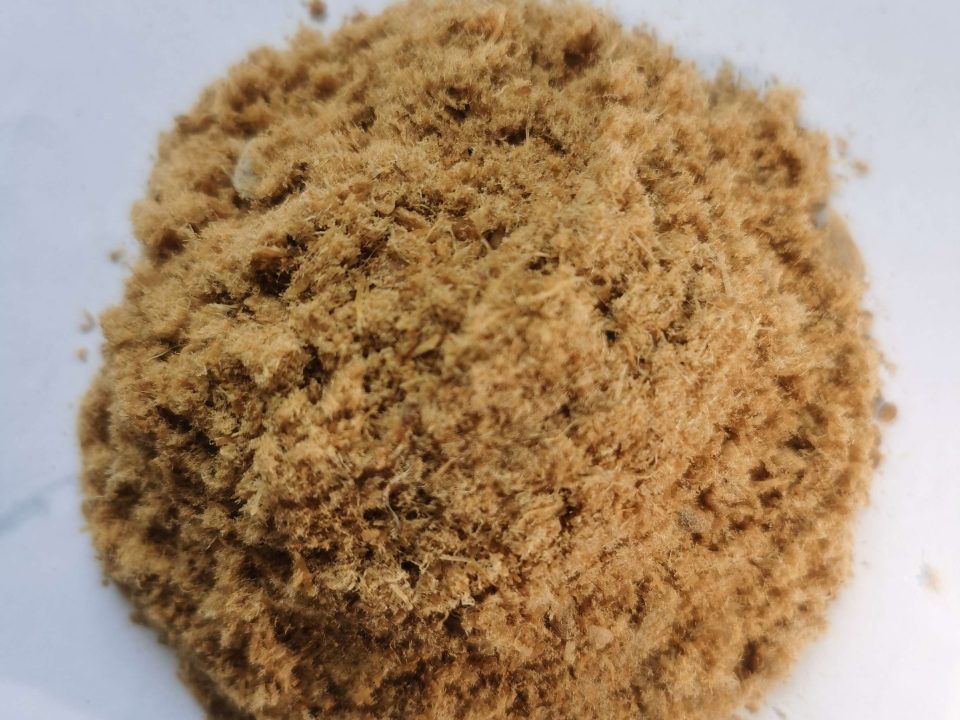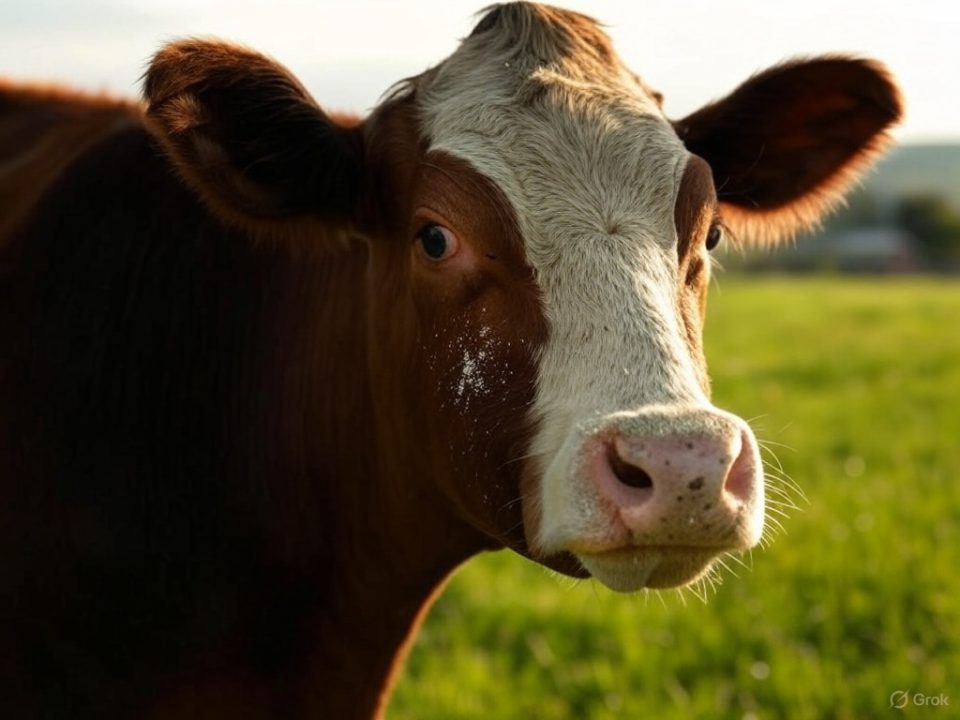Chicken meal for Feed Ingredients & Additives Research

Effects of Fish Meal Powder on Animal Fat Metabolism and Gut Microbiota
April 5, 2025Research Progress on Chicken Meal in Aquatic Feed Applications
Introduction
The global aquaculture industry has experienced significant growth over the past few decades, driven by increasing demand for seafood and the depletion of wild fish stocks. Feed constitutes a major portion of aquaculture production costs, often accounting for 50–70% of total expenses. Consequently, the identification of cost-effective, nutritionally balanced feed ingredients is critical for sustainable aquaculture. Chicken meal, a rendered product derived from poultry by-products, has emerged as a promising alternative protein source in aquatic feeds due to its high protein content, favorable amino acid profile, and relatively low cost compared to fish meal. This article provides a comprehensive review of the research progress on chicken meal in aquatic feed applications, with a focus on its nutritional composition, efficacy in different aquatic species, challenges, and future prospects. Comparative analyses, supported by tables, and scientific insights are presented to elucidate its role in aquaculture nutrition.
Nutritional Composition of Chicken Meal
Chicken meal is produced by rendering poultry by-products, including feathers, bones, offal, and meat scraps, into a dry, protein-rich powder. Its nutritional profile makes it an attractive substitute for fish meal, which has become increasingly scarce and expensive. The composition of chicken meal varies depending on the raw materials and processing methods, but it typically contains high levels of crude protein (60–70%), moderate fat (10–15%), and ash (10–20%). The amino acid profile is particularly noteworthy, with significant levels of essential amino acids such as lysine, methionine, and threonine, which are critical for aquatic species growth.
Table 1 provides a comparative analysis of the nutritional composition of chicken meal, fish meal, and soybean meal, three common protein sources in aquatic feeds.
| Component | Chicken Meal | Fish Meal | Soybean Meal |
|---|---|---|---|
| Crude Protein (%) | 60–70 | 65–72 | 44–48 |
| Crude Fat (%) | 10–15 | 8–12 | 1–2 |
| Ash (%) | 10–20 | 10–15 | 5–7 |
| Lysine (% of protein) | 5.5–6.5 | 7.0–8.0 | 6.0–6.5 |
| Methionine (% of protein) | 1.8–2.2 | 2.5–3.0 | 1.3–1.5 |
| Phosphorus (%) | 2.0–3.0 | 2.5–3.5 | 0.6–0.8 |
Table 1: Nutritional composition comparison of chicken meal, fish meal, and soybean meal (data compiled from various studies).
Chicken meal’s high protein content and balanced amino acid profile make it comparable to fish meal, though it is slightly deficient in methionine and lysine. Unlike soybean meal, which contains anti-nutritional factors such as trypsin inhibitors, chicken meal is free of such compounds, enhancing its digestibility in carnivorous aquatic species. However, the ash content in chicken meal, primarily from bone, can be higher than in fish meal, potentially affecting mineral bioavailability if not properly managed.
Applications in Aquatic Feeds
Carnivorous Fish
Carnivorous fish, such as salmon (Salmo salar), trout (Oncorhynchus mykiss), and seabass (Dicentrarchus labrax), have high protein requirements (35–50% of diet) and rely heavily on fish meal in traditional feeds. Studies have demonstrated that chicken meal can replace up to 50–75% of fish meal in diets for these species without compromising growth performance, feed conversion ratio (FCR), or survival rates. For instance, a study on Atlantic salmon showed that replacing 50% of fish meal with chicken meal resulted in comparable weight gain and FCR, though higher replacement levels led to reduced palatability due to lower levels of attractants like taurine.
The success of chicken meal in carnivorous fish diets is attributed to its high digestibility (apparent digestibility coefficients [ADC] for protein typically exceed 85%) and similarity to fish meal in terms of amino acid availability. However, the inclusion of chicken meal must be balanced with supplemental amino acids, particularly methionine, to meet the nutritional requirements of these species.
Omnivorous Fish
Omnivorous species, such as tilapia (Oreochromis niloticus) and carp (Cyprinus carpio), are more flexible in their dietary requirements and can tolerate higher levels of plant-based proteins. Chicken meal has been successfully incorporated into tilapia diets at levels up to 100% fish meal replacement, with studies reporting no significant differences in growth performance or feed efficiency at replacement levels of 75%. The high protein content and absence of anti-nutritional factors make chicken meal particularly suitable for these species, which can utilize a broader range of feed ingredients.
Crustaceans
In crustacean aquaculture, such as shrimp (Litopenaeus vannamei), chicken meal has shown promise as a partial replacement for fish meal. Shrimp require diets with 25–40% protein, and chicken meal’s amino acid profile closely matches their needs. Research indicates that replacing up to 60% of fish meal with chicken meal in shrimp diets maintains growth rates and improves feed efficiency, likely due to the presence of bioactive peptides that enhance gut health. However, higher replacement levels may reduce feed intake due to palatability issues, necessitating the use of attractants like betaine or squid meal.
| Species | Replacement Level (%) | Growth Performance | FCR | Survival Rate (%) | Notes |
|---|---|---|---|---|---|
| Atlantic Salmon | 50 | Comparable to control | 1.2–1.3 | 95–98 | Supplemental methionine required |
| Tilapia | 75 | No significant difference | 1.5–1.7 | 90–95 | High digestibility |
| Shrimp | 60 | Maintained growth | 1.8–2.0 | 85–90 | Attractants improve palatability |
Table 2: Effects of chicken meal as a fish meal replacement in various aquatic species.
Scientific Analysis of Benefits and Challenges
Benefits
Cost-Effectiveness: Chicken meal is generally less expensive than fish meal, with prices often 20–30% lower, making it an economically viable option for large-scale aquaculture operations. This cost advantage is particularly significant given the volatility of fish meal prices due to overfishing and environmental regulations.
Nutritional Value: The high protein content and favorable amino acid profile of chicken meal support its use as a primary protein source. Its digestibility is comparable to fish meal, with ADCs for protein ranging from 85–90% in most aquatic species. Additionally, chicken meal contains bioactive compounds, such as peptides and lipids, that may enhance immune function and gut health.
Sustainability: Utilizing poultry by-products in chicken meal reduces waste in the poultry industry and alleviates pressure on marine ecosystems. This aligns with the principles of circular economy, where by-products from one industry are repurposed as inputs for another.
Challenges
Palatability: Chicken meal lacks certain attractants present in fish meal, such as taurine and specific free amino acids, which can reduce feed intake in some species, particularly at high inclusion levels. This issue can be mitigated by incorporating palatability enhancers or blending chicken meal with other protein sources.
Nutrient Variability: The nutritional composition of chicken meal can vary depending on the source material (e.g., feathers vs. meat scraps) and processing conditions (e.g., temperature and duration of rendering). High ash content from bone material may also reduce the bioavailability of minerals like calcium and phosphorus.
Consumer Perception: The use of terrestrial animal by-products in aquatic feeds may raise concerns among consumers, particularly in markets with strict regulations or cultural preferences for “natural” seafood. Transparent labeling and education are essential to address these concerns.
Regulatory Constraints: In some regions, the use of chicken meal in aquatic feeds is restricted due to concerns about disease transmission (e.g., avian influenza) or intra-species recycling. For example, the European Union imposes strict regulations on the use of processed animal proteins in feeds, requiring rigorous safety assessments.
Comparative Analysis with Other Protein Sources
To evaluate the efficacy of chicken meal, it is useful to compare it with other protein sources commonly used in aquatic feeds, such as fish meal, soybean meal, and insect meal. Table 3 summarizes key parameters for these ingredients.
| Parameter | Chicken Meal | Fish Meal | Soybean Meal | Insect Meal |
|---|---|---|---|---|
| Protein Content (%) | 60–70 | 65–72 | 44–48 | 50–60 |
| Digestibility (%) | 85–90 | 90–95 | 75–80 | 80–85 |
| Cost (USD/ton) | 800–1000 | 1200–1500 | 400–500 | 2000–3000 |
| Palatability | Moderate | High | Low | Moderate |
| Anti-Nutritional Factors | None | None | Present | Chitin |
| Sustainability | High | Low | Moderate | High |
Table 3: Comparison of chicken meal with other protein sources in aquatic feeds.
Chicken meal offers a balanced compromise between cost, nutritional quality, and sustainability. While fish meal remains the gold standard for protein content and digestibility, its high cost and environmental impact make it less viable for widespread use. Soybean meal is cost-effective but limited by anti-nutritional factors, making it less suitable for carnivorous species. Insect meal, while sustainable, is currently too expensive for large-scale adoption. Chicken meal’s moderate cost and high digestibility position it as a practical alternative, particularly for omnivorous and crustacean species.
Recent Studies and Innovations
Recent research has focused on optimizing chicken meal’s use in aquatic feeds through processing improvements and supplementation strategies. For example, low-temperature rendering techniques have been developed to preserve amino acid integrity and reduce ash content, improving the nutritional quality of chicken meal. Studies have also explored the use of enzymes (e.g., proteases) to enhance protein digestibility, with trials on shrimp showing a 5–10% increase in ADC when enzyme-treated chicken meal was used.
Another area of innovation is the combination of chicken meal with other alternative proteins, such as microalgae or single-cell proteins, to create balanced feed formulations. A 2023 study on tilapia demonstrated that a blend of 50% chicken meal and 25% spirulina achieved growth rates comparable to fish meal-based diets while reducing feed costs by 15%. These findings highlight the potential for synergistic effects when chicken meal is used in composite feeds.
Furthermore, advances in feed additives, such as probiotics and phytogenic compounds, have been shown to mitigate palatability issues associated with high chicken meal inclusion. For instance, the addition of oregano essential oil improved feed intake in seabass diets containing 60% chicken meal, suggesting that additives can enhance the practicality of chicken meal in commercial feeds.
Future Prospects
The future of chicken meal in aquatic feeds is promising, driven by the need for sustainable and cost-effective protein sources. Continued research is needed to address challenges such as nutrient variability and palatability, potentially through standardized processing protocols and the development of tailored feed additives. Regulatory frameworks will also play a critical role, as harmonized standards could facilitate the global adoption of chicken meal in aquaculture.
Emerging technologies, such as precision nutrition and artificial intelligence, may further optimize the use of chicken meal by enabling real-time adjustments to feed formulations based on species requirements and ingredient quality. Additionally, consumer education efforts will be essential to build trust in seafood produced with terrestrial by-products, ensuring market acceptance.
From an environmental perspective, the integration of chicken meal into aquatic feeds supports the transition toward circular food systems. By repurposing poultry by-products, the aquaculture industry can reduce waste, lower its carbon footprint, and contribute to global food security. Collaborative efforts between researchers, feed manufacturers, and policymakers will be key to realizing these benefits.
Chicken meal represents a viable and sustainable alternative to fish meal in aquatic feeds, offering high nutritional value, cost-effectiveness, and environmental benefits. Its successful application in carnivorous fish, omnivorous fish, and crustaceans underscores its versatility, though challenges such as palatability and nutrient variability must be addressed. Comparative analyses reveal that chicken meal outperforms plant-based proteins like soybean meal in digestibility and is more affordable than emerging options like insect meal. Recent innovations, including improved processing techniques and feed additives, are enhancing its efficacy, while future research and regulatory support will further solidify its role in aquaculture nutrition. By leveraging chicken meal, the aquaculture industry can move toward more sustainable and economically viable feed solutions, supporting global seafood production in an era of resource constraints.






